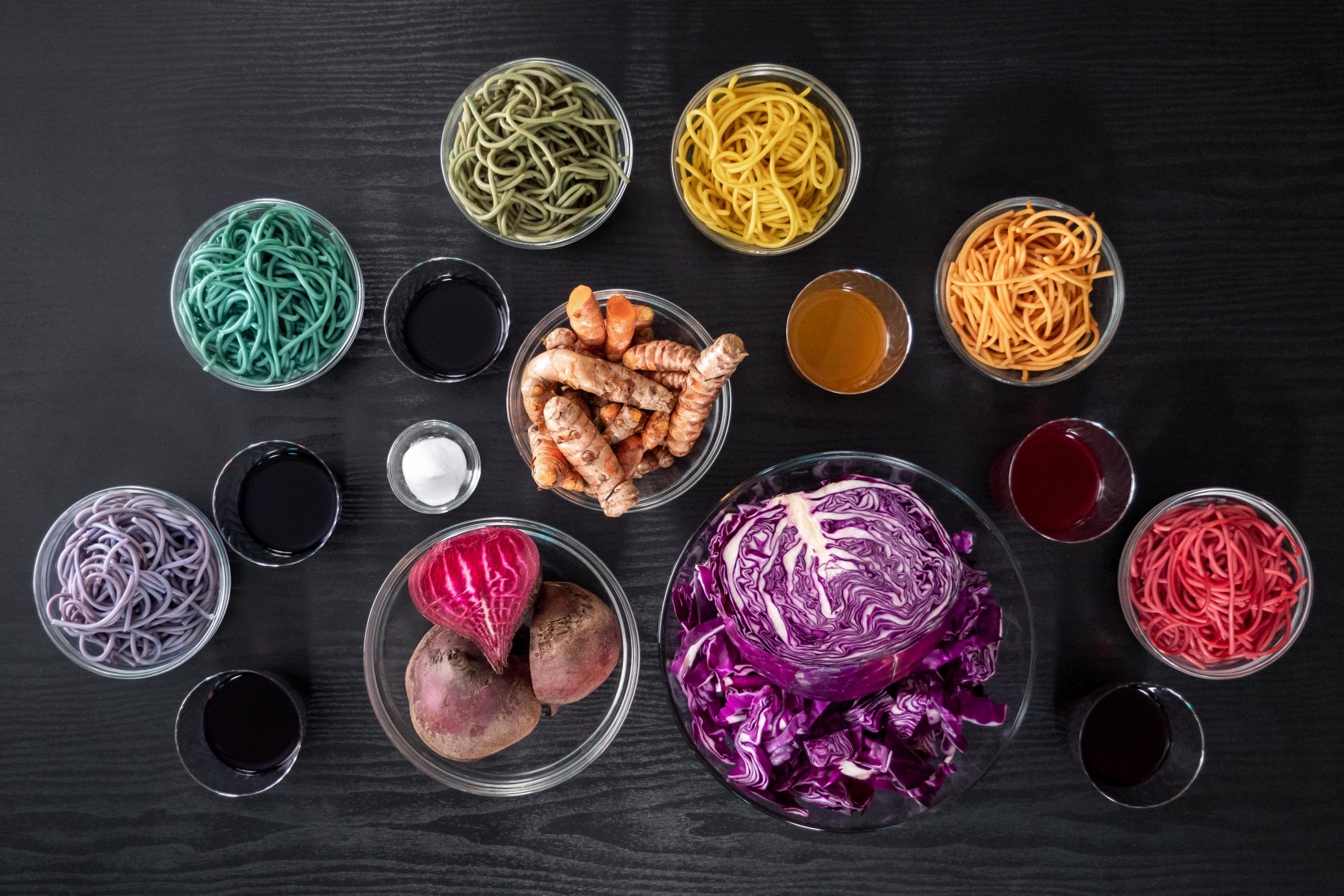In the diverse and flavorful landscape of Indian cuisine, the importance of visual appeal cannot be overstated. Food color manufacturers in India play a pivotal role in infusing the nation’s culinary creations with a spectrum of hues, from the rich reds of spicy curries to the vibrant yellows of festive sweets. In this blog, we embark on a journey to explore the dynamic and colorful world of food color manufacturers in India, uncovering the processes, innovations, and cultural influences that shape this vibrant industry.
The Art and Science of Food Color Manufacturing
The art and science of food color manufacturing blend creativity with precision, crafting vibrant hues while meeting strict quality and safety standards.
Traditional Roots and Modern Techniques
Food color manufacturing in India is a harmonious blend of traditional knowledge and cutting-edge technology. Historically, natural sources like turmeric, saffron, and beetroot were used to add color to dishes. While these traditional methods persist, modern food color manufacturing involves a sophisticated interplay of chemistry, technology, and stringent quality control measures.
Natural and Synthetic Colors: A Balancing Act
India’s food color manufacturers produce both natural and synthetic colors to meet the diverse needs of the culinary landscape. Natural food colors, derived from spices, fruits, and vegetables, are favored for their authenticity and alignment with traditional recipes. Meanwhile, synthetic colors offer a broader spectrum, allowing for precise control over hues and intensities.
Cultural Influences and Festive Colors
Cultural influences intertwine with festive colors, reflecting traditions and celebrations, as seen in the diverse palette of global culinary expressions.
Celebrating Diversity on the Plate
India’s rich cultural tapestry is reflected in its cuisine, and food color manufacturers play a role in bringing this diversity to life. Different regions have distinct preferences for colors based on local ingredients and cultural significance. For example, the vibrant use of red during festivals symbolizes celebration and joy, while auspicious yellow is often associated with religious ceremonies.
Festivals and Seasonal Demands
Festivals hold a special place in Indian culture, and food color manufacturers experience heightened demand during these celebratory periods. Holi, the festival of colors, sees a surge in demand for vibrant and safe colors used in both savory and sweet dishes. Similarly, during Diwali, the festival of lights, an array of colorful sweets and snacks flood the market.
Innovation and Trends in the Industry
Innovation and trends in the industry shape the future, driving advancements and influencing the dynamic landscape of diverse sectors.
Meeting Consumer Preferences for Natural Colors
As global awareness of health and wellness grows, there is a discernible shift in consumer preferences toward natural food colors. Food color manufacturers in India are responding to this trend by investing in research and development to create innovative, plant-based color solutions. Colors extracted from sources like spirulina, turmeric, and beetroot are gaining popularity.
Clean Label Movement
The clean label movement, emphasizing transparency and simplicity in ingredient lists, has also influenced the food color industry. Manufacturers are striving to create colors with minimal processing and clear labeling to meet the demands of an increasingly conscientious consumer base.
Quality Control and Certification
Ensuring quality control and certification are paramount in maintaining standards, assuring consumers of the integrity and safety of products.
Adhering to Stringent Standards
Food safety and quality are paramount in the food color manufacturing process. Manufacturers adhere to strict quality control measures, ensuring that colors meet the standards set by regulatory authorities such as the Food Safety and Standards Authority of India (FSSAI). Certification ensures that the colors are safe for consumption and accurately labeled.
Exports and Global Presence
India’s food color manufacturers have expanded their reach beyond domestic markets, contributing to the global demand for vibrant and diverse food colors. The Indian food color industry exports to various countries, serving the needs of international food and beverage manufacturers.
Sustainable Practices and Social Responsibility
Sustainable practices and social responsibility converge as essential elements, guiding businesses to contribute positively to the environment and society.
Balancing Growth with Environmental Consciousness
As sustainability becomes a global priority, food color manufacturers in India are exploring eco-friendly practices. This includes reducing water usage, adopting renewable energy sources, and exploring natural color extraction methods that minimize environmental impact. Social responsibility initiatives, such as supporting local communities and ensuring fair labor practices, are also gaining prominence.
Challenges in the Industry
Navigating challenges in the industry demands resilience and adaptability, as businesses contend with factors ranging from supply chain disruptions to regulatory complexities.
Navigating Regulatory Changes and Consumer Awareness
The food color industry in India faces challenges related to evolving regulatory standards and heightened consumer awareness. Keeping pace with changing regulations and ensuring that colors meet the expectations of an informed consumer base requires continual adaptation and innovation.
Conclusion: A Palette of Possibilities
In the vibrant tapestry of Indian cuisine, food color manufacturers stand as artists, enriching the canvas of culinary creations with a palette of possibilities. From the spice bazaars of Old Delhi to state-of-the-art laboratories in industrial hubs, the industry reflects the rich diversity and constant evolution of Indian gastronomy. As food color manufacturers in India continue to innovate, adapt, and contribute to the global culinary landscape, the colors of India will continue to tell a story of tradition, innovation, and the artistry that transforms every meal into a sensory delight.
